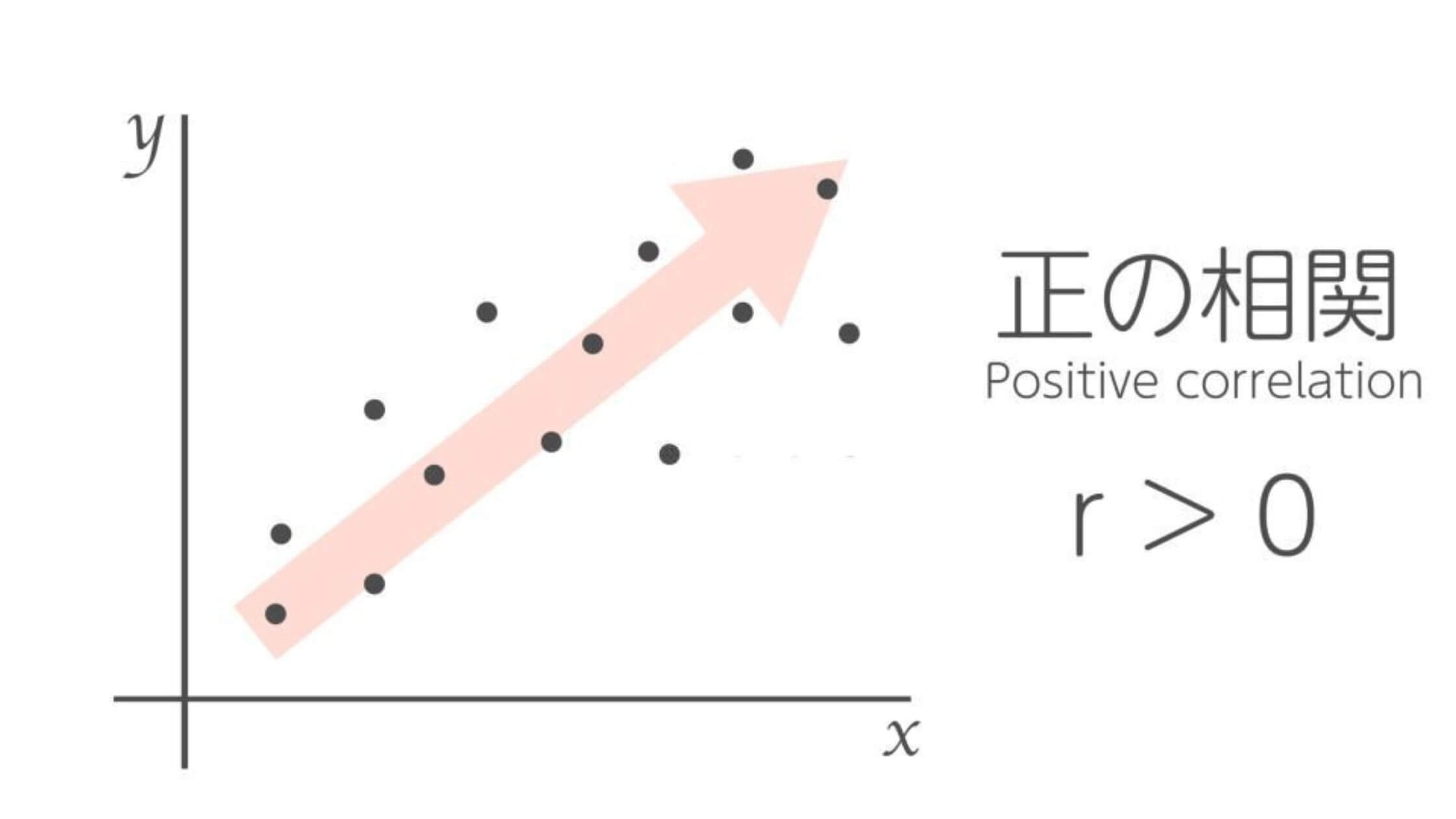

Six Sigma is a data-driven methodology widely used in various industries to improve process efficiency and reduce defects. At the heart of Six Sigma is the concept of Defects Per Unit (DPU), which provides a quantitative measure of process performance. Understanding DPU and its calculation is crucial for effectively implementing Six Sigma and driving process improvement. In this comprehensive guide, we will explore the importance of DPU in Six Sigma, how to calculate it, interpret its results, and use it to identify opportunities for quality enhancement.
What is the definition of “Defect” in Six Sigma?
First, we will explore what the word “defect” means when it comes to Six Sigma. Defects are important to this process because the ultimate desired outcome is to improve processes and increase customer happiness by reducing the defect rate in products and services. Defects should meet the SMART criteria in order to apply to this process.
What is a defect you ask? A defect is anything outside of customer expectations, meaning any event that does not meet requirements in a product or service. Six Sigma processes ensure that the customer outlines what quality means to them so that outcomes will not be agreed upon by both parties.
An example of a defect is a charging cord that is not the right length. The customer required a 5-foot-long charging cord, but the project team produced a cord that was 3 feet long. Since there was an agreed-upon requirement outlined in the project scope, the project team must submit a change request and revise the product.
A defect can mean the failure of an entire process, product, or service. Even a loose thread in a charging cord can count as a defect! The cord will be classified as defective if one or more clients do not purchase the product due to the defect.
What is Defects Per Unit (DPU)?
Defects Per Unit (DPU) is a metric used in Six Sigma to measure the number of defects or errors per unit of output or process step. It quantifies the quality performance of a process and provides a basis for comparison and improvement. DPU is calculated by dividing the total number of defects by the total number of units produced or processed.
Calculating Defects Per Unit (DPU)
To calculate DPU, follow these steps:
- Define the unit of measurement for your process (e.g., product, transaction, service request).
- Collect data on the number of defects or errors found in a given sample or timeframe.
- Determine the total number of units produced or processed during the same sample or timeframe.
- Divide the total number of defects by the total number of units to obtain the DPU.
Interpreting DPU Results
The interpretation of DPU results depends on the specific context and industry. In general, a lower DPU value indicates better process performance and higher quality. It suggests that fewer defects or errors are occurring per unit, reflecting a more efficient and reliable process. Conversely, a higher DPU value signifies higher defect rates and indicates the need for process improvement efforts.
Using DPU for Process Improvement
DPU serves as a powerful tool for identifying opportunities for process improvement. By tracking DPU over time or comparing it across different process steps or teams, you can pinpoint areas with the highest defect rates and prioritize improvement efforts accordingly. Combining DPU with other Six Sigma tools and methodologies, such as DMAIC (Define, Measure, Analyze, Improve, Control), can help drive targeted improvements and achieve higher levels of quality and customer satisfaction.
Sign-up for a 7-day free trial! Try the first two modules of Brain Sensei’s story-based PMP and CAPM Exam Prep courses and a mini practice exam and see how it all works
Conclusion
Defects Per Unit (DPU) is a key metric in Six Sigma methodology that provides a quantitative measure of process performance. Understanding how to calculate and interpret DPU enables organizations to identify areas for improvement, reduce defects, and enhance overall quality. By leveraging DPU and other Six Sigma tools, businesses can drive process optimization and deliver products and services that meet or exceed customer expectations.
Have you led projects and are looking to earn a project management certification? You might be interested in learning about how lucrative this can be. Check out these articles.
13 PMP Benefits Once You Get The PMP Certification
No experience leading projects but still want to get into project management? No problem! Check out these articles.
CAPM Certification Eligibility
What is a Certified Project Manager; How do I get PM Certifications


